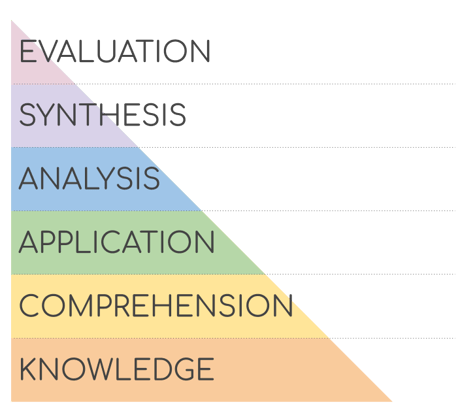Iterative Design: Closing the Gap Between User Expectations and Solutions
Part 4: Design that delights - harnessing the power of iterative design
USER NEEDS ANALYSIS


Introduction
Welcome back to our blog series on engineering excellence! In this fourth part, we explore the power of iterative design—a transformative approach to bridging the gap between user expectations and engineering solutions. Join us as we uncover how iterative design fosters creativity, innovation, and ultimately delivers products that delight users.
Key Concepts and Background:
Iterative design is a customer-centric approach that revolves around creating, testing, and refining prototypes in a cyclical manner. By continuously gathering user feedback and making incremental improvements, engineers can craft products that align perfectly with user expectations. Unlike traditional linear design processes, iterative design is flexible, adaptable, and responsive to changing user needs.
The Iterative Design Process:
The iterative design process involves the following key steps:
1. Create Prototypes: Engineers develop early prototypes based on initial requirements and design concepts. These prototypes serve as a tangible representation of the product's functionality and user interface.
2. User Testing and Feedback: Prototypes are then presented to real users, and their feedback is collected. This user-centric approach provides valuable insights into how users interact with the product and identify areas for improvement.
3. Analyse and Refine: Engineers analyse the feedback received from users and use it to identify strengths, weaknesses, and areas of concern in the current design. Based on this analysis, they refine the prototype to address any identified issues.
4. Repeat and Iterate: The refined prototype is tested again, and the process of gathering feedback, analysing, and refining is repeated multiple times. Each iteration brings the product closer to its final form, incorporating incremental improvements.
5. Final Product: After several iterations, the product reaches a stage where user feedback is overwhelmingly positive, and any remaining issues have been resolved. The final design is then implemented for production.
Although the above steps focus on Iterative Design Process for products, it applies to diverse areas like architecture, software development, service design, and education. In architecture for example, iterative design entails refining layouts and features based on client and stakeholder feedback. In software development, an iterative approach involves testing an minimal viable product (MVP), testing it with users, gathering feedback, and then iterating to add new features or refine existing ones. This iterative cycle continues until the software meets the desired functionality and user expectations.
Benefits of Iterative Design:
Enhanced User Experience: By involving users in the design process, engineers gain valuable insights, leading to a product that is more intuitive and user-friendly.
Faster Time to Market: Identifying and addressing potential issues early in the design process accelerates development, reducing time to market.
Cost-Effectiveness: Fixing issues during the design phase is more cost-effective than making changes after production.
Continuous Improvement: Iterative design fosters a culture of continuous improvement, encouraging engineers to strive for excellence and innovation.
Recommendations for Implementing Iterative Design:
1. Embrace User-Centricity: Put users at the core of the design process. Engage with them early and often to gain insights into their needs and preferences.
2. Conduct Iterative User Testing: Regularly test prototypes with real users to collect valuable feedback. Analyse this feedback to refine and improve the design.
3. Foster Collaboration: Encourage open communication and collaboration between engineers, designers, and end-users. A collaborative environment fosters creativity and problem-solving.
4. Document Iterations: Keep thorough records of each iteration, including user feedback, analysis, and design changes. These records provide valuable insights and documentation for future reference.
Conclusion:
Iterative design is a powerful methodology that empowers engineers to create products that truly meet user needs. By involving users throughout the design process and continuously refining prototypes, engineering teams can ensure their solutions are innovative, user-friendly, and aligned with market demands. Embracing a culture of continuous improvement and iteration enables engineers to deliver products that delight users and elevate their engineering excellence.
